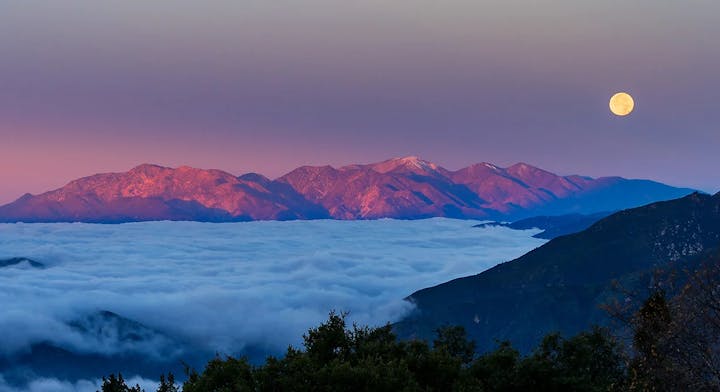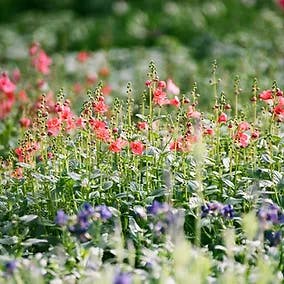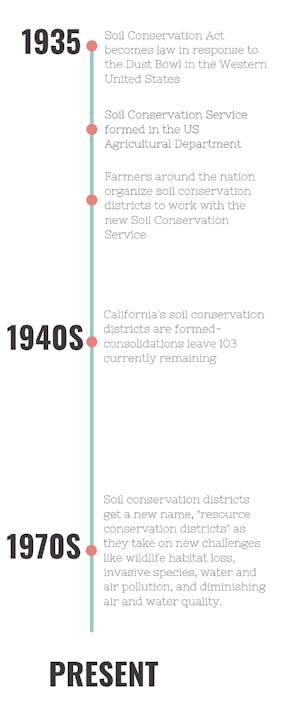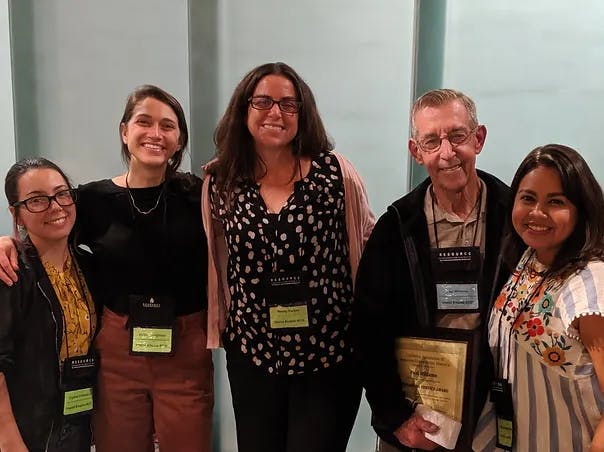About Us
The Inland Empire Resource Conservation District is a special district responsible for the preservation and wise management of the resources of 823,390 acres, or approximately 1,286 square miles, of public and private land in the Inland Empire of San Bernardino and Riverside Counties.
Our 21st century resource conservation district emerged from the old soil conservation districts common in the first part of the 20th century. Slowly over the decades, various districts merged together to form larger entities until in the early 1970’s and 1980’s two modern districts appeared, the West End Resource Conservation District and the East Valley Resource Conservation District. The final unification came on July 1st, 2005 when the Inland Empire West Resource Conservation District (a newer name for the West End RCD) and the East Valley Resource Conservation District were consolidated by the Local Agency Formation Commission (LAFCO) to form the current Inland Empire Resource Conservation District.
Today, the board and staff of the Inland Empire RCD work tirelessly to preserve the original mission of the Soil Conservation Act of 1935 to stop soil erosion and degradation. Of course, in this 21st century we face a host of modern resource issues as well, such as increasing numbers of invasive species, loss of wildlife habitat, and diminishing water supply and quality. We continue to find new ways of coping with these modern threats. We are actively restoring natural wildlife habitat, eliminating exotic species and putting increasing emphasis on public outreach and youth education.
One of our most effective strategies is to work closely with the Natural Resources Conservation Service (US Department of Agriculture). Together we address the agricultural needs of our service area residents. Both the Inland Empire RCD and the federal Natural Resources Conservation Service know how challenging the increasing urbanization of the Inland Empire has been to our environment. The District also works with the US Forest Service, the US Army Corps of Engineers, the California Department of Fish and Game, and many preservation-minded non-profits and community organizations. Together we begin to see the whole picture more clearly and work out the sometimes competing needs of our natural world and human activities




